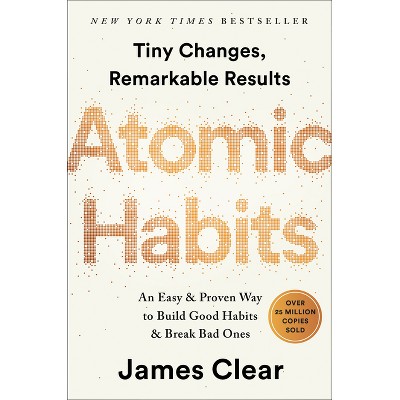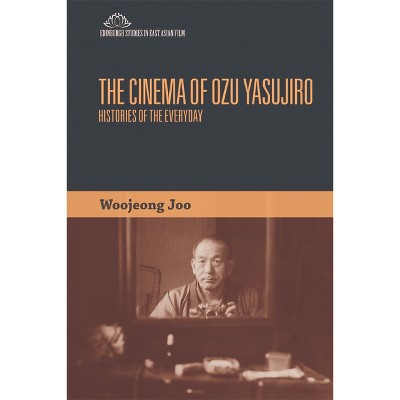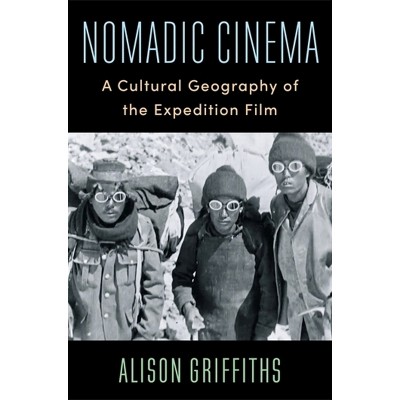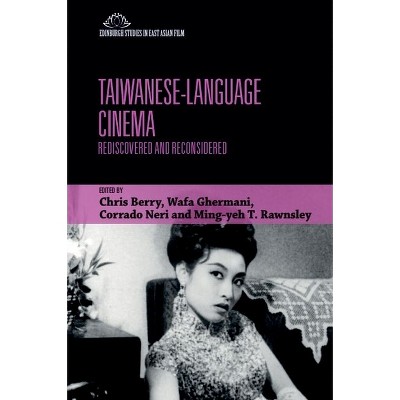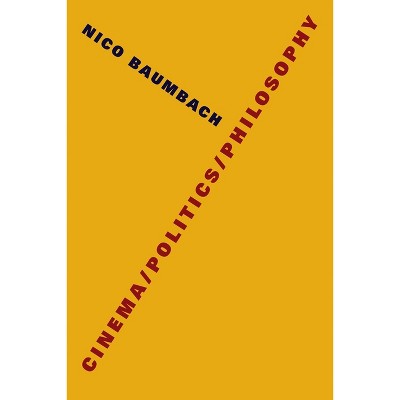Stardom, Film Couples and Love Teams in 1970s Philippine Cinema - (International Film Stars) by Chrishandra Sebastiampillai

About this item
Highlights
- This monograph addresses a subject in star studies that is still developing outside of (and even within) Hollywood and cinemas of the West - the film couple.
- Author(s): Chrishandra Sebastiampillai
- 248 Pages
- Performing Arts, Film
- Series Name: International Film Stars
Description
About the Book
Examines the multi-layered construction of film couples as a characteristic of Philippine stardom and cinema.Book Synopsis
This monograph addresses a subject in star studies that is still developing outside of (and even within) Hollywood and cinemas of the West - the film couple. Known as the 'love team' in the Philippines, they are a transmedia phenomenon whose sheer ubiquity and variety make them an ideal case study to work towards an understanding of the film couple and how they contribute to the pleasure of watching films. Film couples move beyond understanding the star as an individual, particularly where a popular love team is a prerequisite early training ground for successful stardom in the studio system. I explore three different identities that construct film couples and offer a vocabulary to distinguish between these identities and consider how they are inflected by each other. I then trace how the couple is constructed at various stages by stars, studios, film and other cross-media appearances, their fandom and wider societal context.
Review Quotes
In this wonderfully researched and illustrated exploration of Philippine star-crossed 'Love Teams' we get to fully comprehend how fictional film couples come to complexly embody and represent the ideologies of the nation state. Chrishandra's very well-chosen case studies on such love couples as Aunor and Cruz, and Santos and Mortiz, enables the book to traverse historical and political contexts, from the 1950s to the present. As it does so, it maps and marks shifts in the appeal of idealised star images, the operations of the screen industries, and in the fervour of the fans who worship these wholesome, unifying figures of romantic love. This is a book that not only centres Philippine cinema into the heart of the global cultural imagination but re-imagines the way star studies should assess its famed film couples. As such, it is a must read addition to the literature on celebritised love and romance.
--Professor Sean Redmond, Deakin University, Australia


